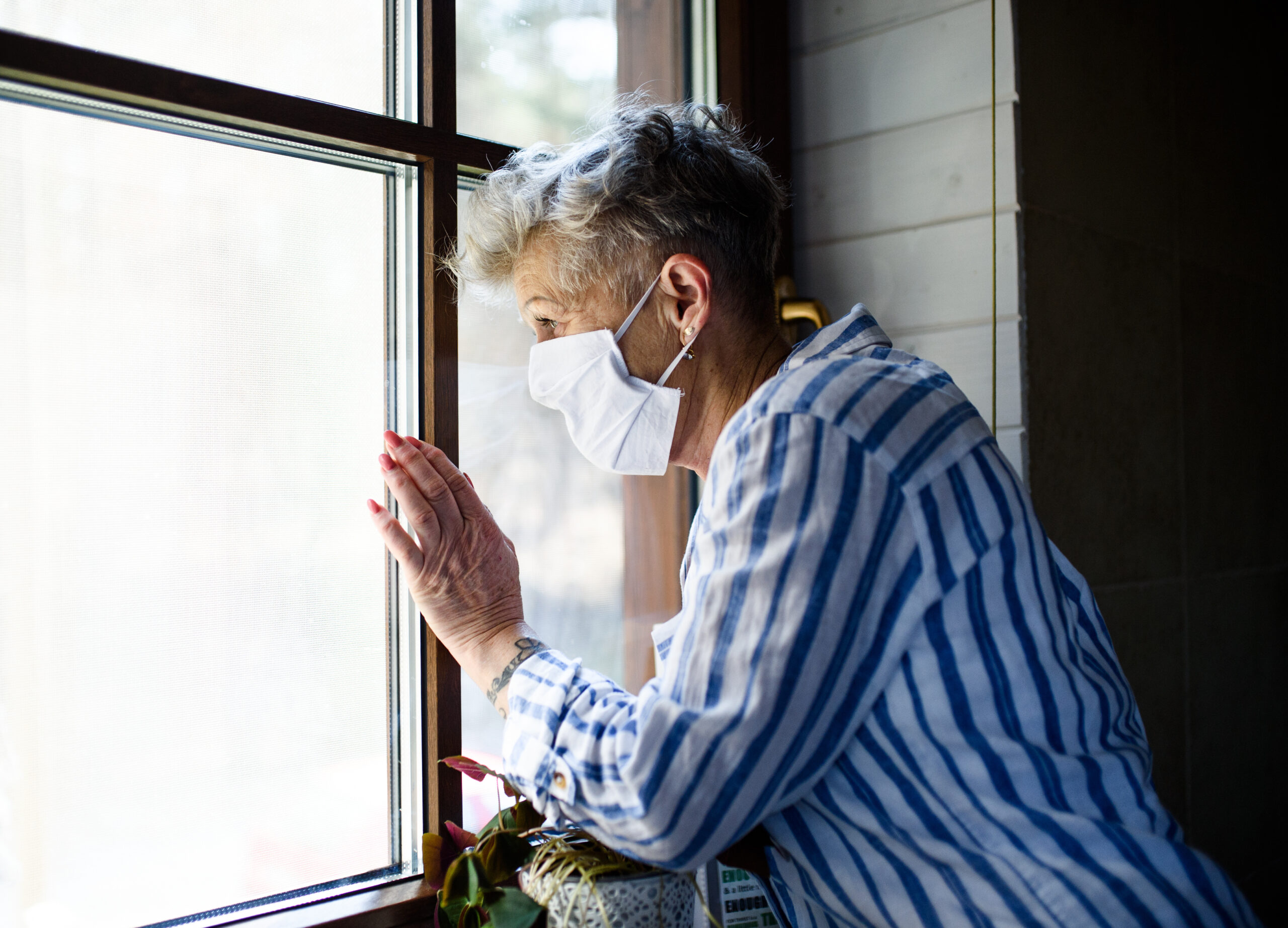Over the past few months, COVID-19 has radically altered day-to-day life. Sheltering in place and social distancing measures have led to homeschooling, telecommuting, job loss, and isolation. Experts say that many Americans have been experiencing emotional distress. Significant disruptions in people’s life include economic hardship and lack of human contact. Emotional distress can manifest itself in different ways. Symptoms include worrying about self well-being and that of loved ones, changes in sleep or eating habits, difficulty concentrating, worsening of chronic illness or mental illness, and increasing use of alcohol, tobacco, or other substances.
Staying home can contribute to emotional distress in several different ways. People, especially the elderly, are at risk for social isolation when their normal activities, such as church work and hobbies, are disrupted. Without easy access to a social network, it may be harder to cope with stress, increasing feelings of anxiety and depression. Since many jobs cannot be done from home, unemployment also contributes to unease.
A small part of the population is more at risk for developing or exacerbating serious mental health problems stemming from the national response to COVID-19. Those who are quarantined, legally ordered to stay home to prevent transmission, may face additional emotional hardship due to feelings of powerlessness. Conversely, essential employees working outside their homes are more likely to experience trauma due to being possibly exposed to the virus constantly. Healthcare workers face the additional burden of witnessing people suffer and, sometimes, die because of COVID-19.
With limited options, self-care is more important than ever. The CDC recommends limiting news consumption, maintaining mindfulness, eating a balanced diet, getting enough sleep and exercise, staying in touch with loved ones, and talking to a mental health professional, if needed. COVID-19 has also disrupted how routine and non-emergency medical care are provided, so healthcare systems have found ways to adapt. For instance, many mental health care providers now offer their services via telephone or videoconference.
Image Source: andresr
The emotional distress caused by response to traumatic events in general is common and may resolve after an individual crisis is over. However, some people may develop long term mental health disorders such as Post Traumatic Stress Disorder, Adjustment Disorder, Depression, or Substance Use Disorder in response, especially in light of a prolonged pandemic. These disorders can decrease quality of life and should be addressed with a primary care provider or mental health provider down the road as the COVID-19 pandemic progresses.
Featured Image Source: © Halfpoint / Adobe Stock










